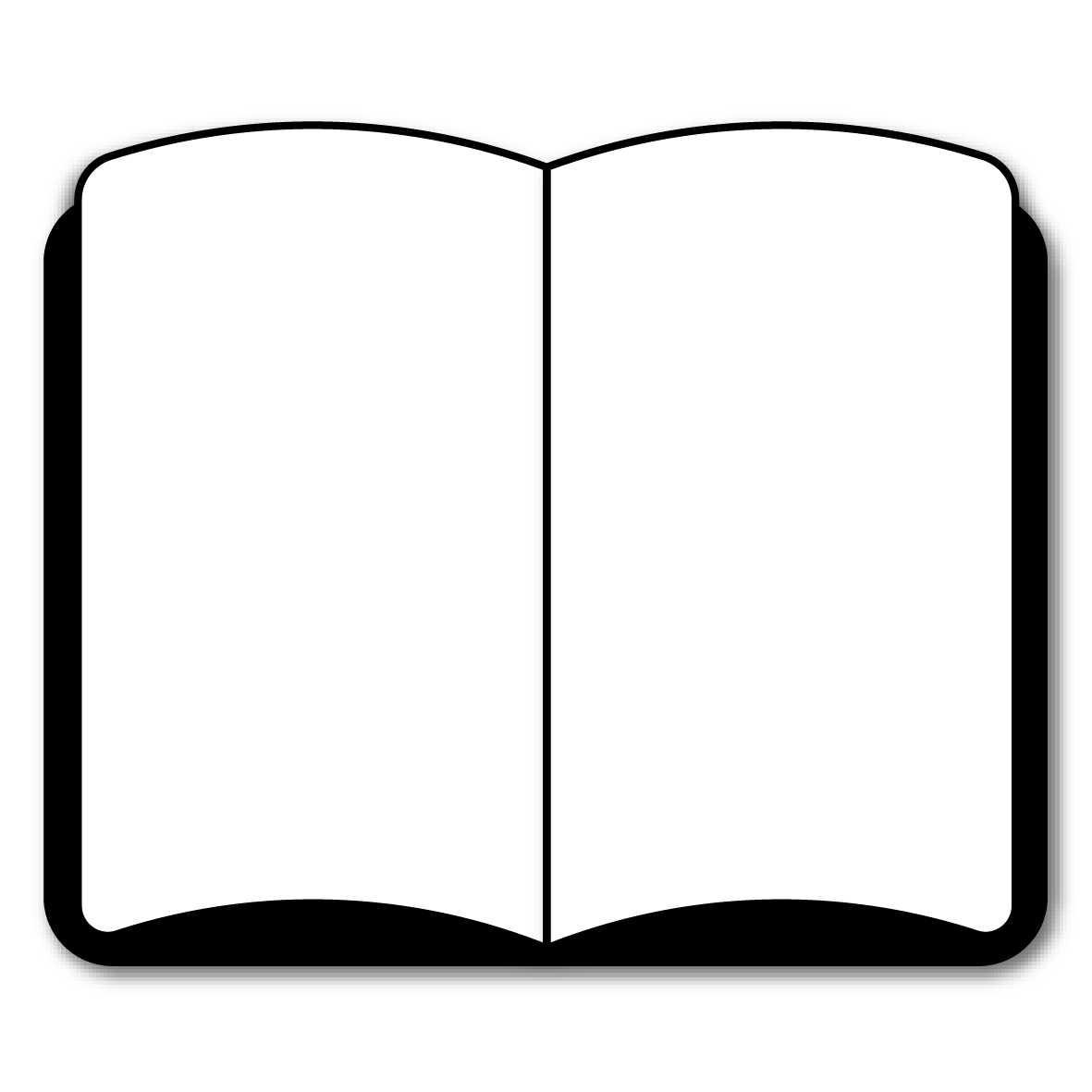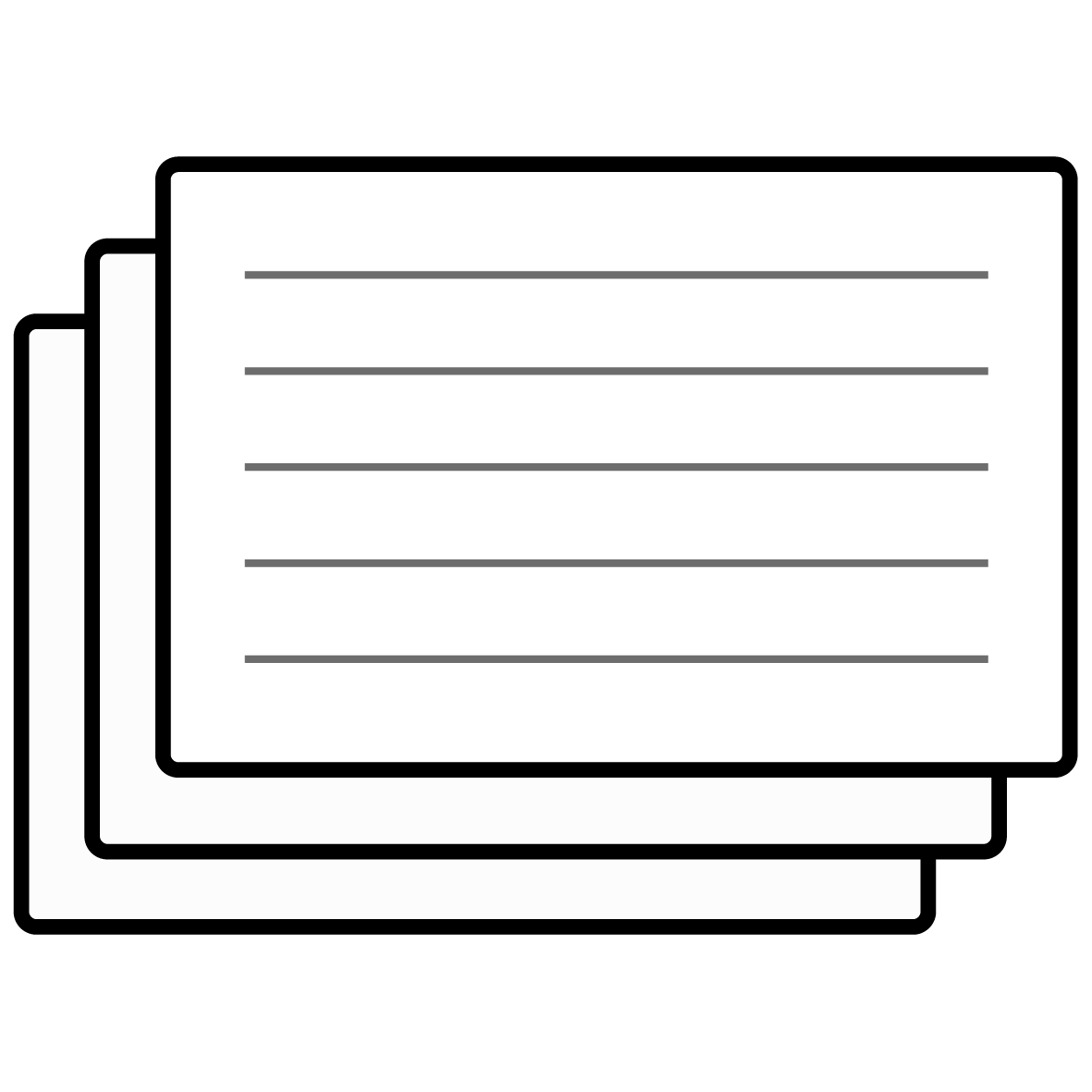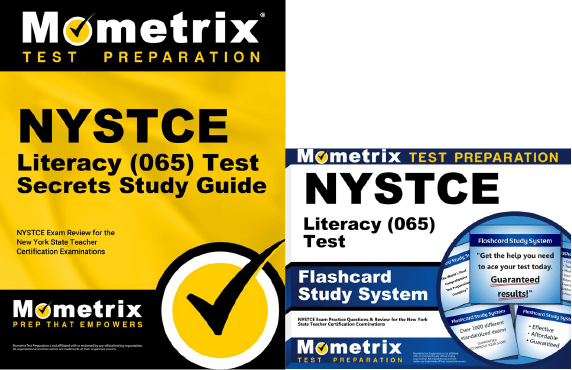If you need help studying for the NYSTCE Literacy exam or just want some more information about what the test is like, you’ve come to the right place.
Click below to take a free NYSTCE Literacy practice test!
What’s on the Exam?
There are 91 questions on the exam, which are grouped into eight competencies, and the time limit is 3 hours and 15 minutes.
The questions are split into two types:
90 questions
Selected-response questions require you to select the correct answer from a list of options. Multiple-choice questions are the most common example, but you may also see true-or-false questions and “matching” questions, which ask you to match terms or concepts with their definitions.
Constructed-Response (CR)
1 question
The constructed-response question requires you to write your answer instead of selecting from a list of choices. Your response to this question is generally expected to be at least a few sentences, but you’ll be given specific details and instructions before you take the test.
Let’s take a closer look at the competencies on the exam.
1. Foundations of Language and Literacy Development
10 questions
- Language development
- Similarities and differences between first- and second-language acquisition
- Language processing involved in proficient reading and writing
- Emergent literacy and developmental stages of literacy acquisition
- Factors that affect language development in children and adolescents
- Cognitive and behavioral influences on reading and writing
- Factors that affect literacy development
- Theoretical models of literacy development
- Issues relating to emergent, childhood, and adolescent literacy
2. Foundations of Literacy Instruction and Assessment
17 questions
- Interrelationships between reading, writing, listening, and speaking
- NYSLS grade-specific standards
- Principles for effective literacy instruction
- Components of effective instructional lessons
- Differentiating literacy instruction
- Promoting motivation for and engagement in reading and writing
- Integrating technology into the reading and writing program
- Various types of literacy assessments
- Analyzing and evaluating the results of assessments
- Supporting teachers in the use of assessment data
- Using various assessment results to identify reading difficulties
- Reading comprehension and textual analysis skills
- Writing and research skills
- Language skills and vocabulary
3. Role of the Literacy Professional
8 questions
- Creating a literacy-rich classroom
- Supporting the engagement and involvement of family and community
- Effective intervention programs for struggling readers and writers
- Culturally responsive professional learning communities
- Developing professional knowledge and skills
4. Reading & Writing: Foundational Skills
15 questions
- Emergent literacy development
- Phonics
- Word recognition
- Key factors of reading fluency
- Factors that can disrupt fluency
- Spelling and writing conventions
5. Text Complexity and Text Comprehension
16 questions
- The development of text comprehension
- The role of oral language and writing in text comprehension
- Measuring text complexity
- Text selection
6. Reading & Writing: Different Types of Text
11 questions
- Promoting students’ comprehension of key ideas and details
- Promoting students’ understanding of craft and structure
- Promoting students’ skill in integrating and evaluating information
- Promoting students’ skill in composing various types of texts
- Promoting students’ skill in conducting research
- Promoting students’ skill in processes and strategies for producing various types of writing
- Grade-specific standards in disciplinary literacy
- Predominant text structures
- Effective practices in literary coaching and leadership
7. Language and Vocabulary Development
16 questions
- Understanding how language functions in different contexts
- Characteristics and features of effective speaking and listening
- Promoting students’ communication skills and listening skills
- Promoting students’ command of standard English grammar and usage
- Instruction and intervention in word study
- Developing a depth of understanding of words by providing repeated exposures to words
- Independent word-learning strategies
8. Analysis, Synthesis, and Application
1 question
- Analyzing and evaluating information from professional literature
- Interpreting and discussing findings from professional literature
- Drawing conclusions about information from professional literature
- Explaining the likely benefits of specific instructional strategies
How to Register
To get started with your registration, you’ll need to create an account on the NYSTCE website. You can then register for the exam and schedule a test date through your account.
When you submit your registration, you’ll need to pay the $122 testing fee.
Exam Scores
The test is scored using a scaled scoring method. Here’s how it works:
You will need a score of 520 to pass the test.
The reason your raw score is converted to a scaled score is because everyone who takes the test is given a slightly different set of questions. Since everyone has a different arrangement of questions, and because some questions are harder than others, converting your raw score to a scaled score ensures a more even playing field.
FAQs
How many questions are on the NYSTCE Literacy exam?
The exam contains 91 questions.
What is the time limit for the NYSTCE Literacy exam?
The exam is timed at 3 hours and 15 minutes.
What is the passing score for the NYSTCE Literacy exam?
You’ll need to get a final scaled score of at least 520 to pass.
How much does the NYSTCE Literacy exam cost?
The testing fee is $122.



 NYSTCE Study Guide
NYSTCE Study Guide NYSTCE Flashcards
NYSTCE Flashcards